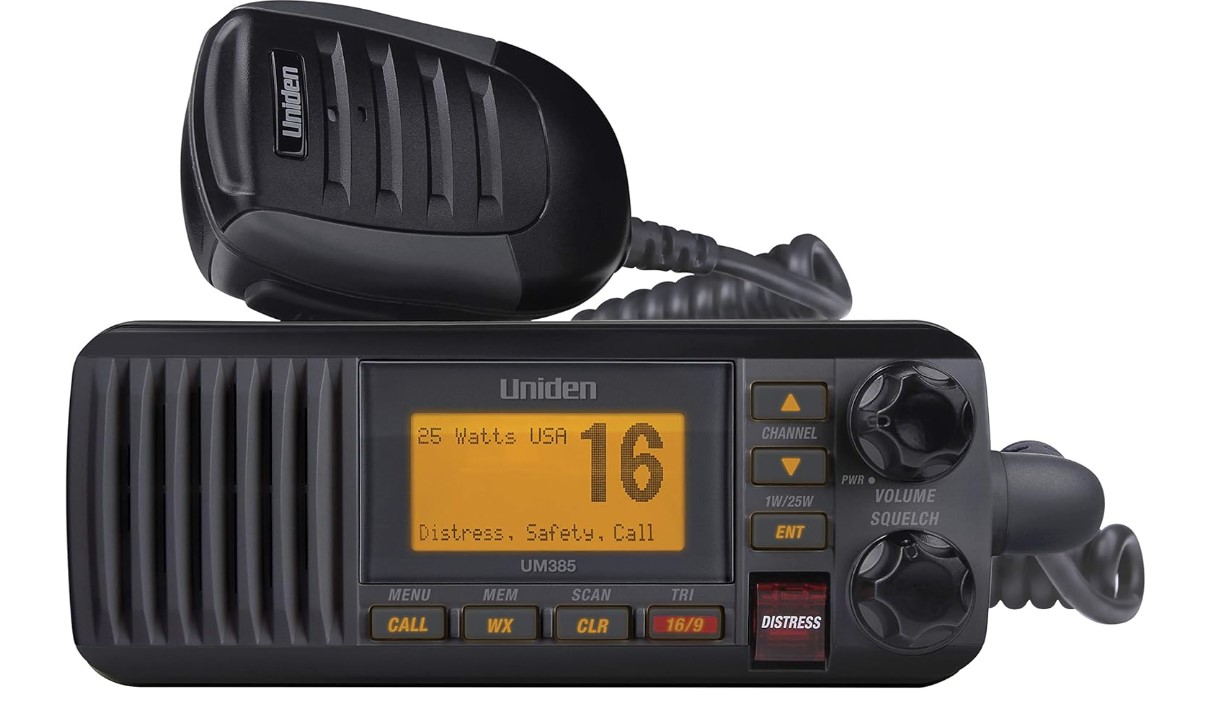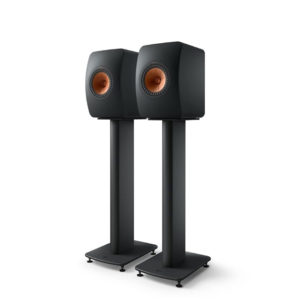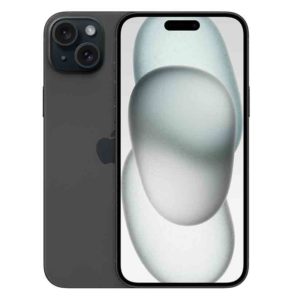Marine radio is essential for communication and safety at sea. It allows mariners to stay in touch with the shore and other vessels.
Marine radio serves as a lifeline for seafarers, facilitating distress signals, weather updates, and navigation assistance. Its use spans from large commercial ships to small recreational boats, making it a critical tool for maritime operations. Ensuring vessels are equipped with a functioning marine radio supports compliance with international safety regulations.
Operators must be familiar with radio etiquette and channel usage to effectively communicate in the marine environment. This technology has evolved from simple analog systems to sophisticated digital networks, integrating GPS and automated identification systems (AIS) to enhance safety and coordination on the world’s oceans.
Marine Radio
The Importance Of Marine Radios At Sea
Marine radios are vital for safety at sea. They help ships talk to each other and to coast guards. This makes sea journeys safer for everyone.
Safety Communication Tool
At sea, safety is a top priority. Marine radios play a big role here. They are like lifelines. In emergencies, they are the fastest way to call for help. Ships use them to warn others about dangers too.
- Call for help quickly
- Warn other ships about dangers
- Get weather updates
Legal Requirements And Regulations
Countries have rules about marine radios. These rules make sure ships carry radios. They also guide how to use them correctly. Not following these rules can lead to big problems.
| Country | Radio Requirement |
|---|---|
| USA | Must have VHF radio |
| Canada | Must have VHF radio |
| Australia | Must have marine radio |
All ships must follow these rules to stay safe at sea.
Types Of Marine Radios
Staying connected on the open waters is crucial. Marine radios are vital for communication and safety at sea. Different types of marine radios cater to various needs. Let’s explore the options available.
Handheld Versus Fixed Mount
Handheld marine radios are portable and compact. They are ideal for small boats or as a backup on larger vessels. These radios are battery-powered and can be carried easily.
- Pros: Portable, easy to use, and no installation needed.
- Cons: Limited range and battery life.
Fixed mount marine radios, on the other hand, are installed directly onto the boat. They offer a more powerful signal and a stable connection.
- Pros: Greater range, durable, and feature-rich.
- Cons: Require installation and take up more space.
Vhf Versus Ssb Radios
VHF (Very High Frequency) radios are the standard for short-range marine communication. They are perfect for day-to-day communication, especially over smaller distances.
| VHF Radios | Features |
|---|---|
| Range | 5-30 miles |
| Use | Short-range, line-of-sight |
| Channels | Dedicated maritime frequencies |
SSB (Single Side Band) radios are for long-distance communication. They are ideal for international voyages and large ships. SSB radios can transmit over thousands of miles.
| SSB Radios | Benefits |
|---|---|
| Range | Long-distance, beyond line-of-sight |
| Use | International waters, large vessels |
| Channels | Multiple frequency bands |
Choosing the right marine radio depends on your vessel size, range needs, and voyage plans. Both VHF and SSB radios offer unique benefits. Consider your specific needs to make the best choice.
Key Features To Consider
Choosing the right marine radio is crucial for safety at sea. Key features can make a difference. Let’s explore what to look for in a marine radio.
Waterproof And Floatation Capabilities
Waterproofing is a must for any marine radio. It protects against water damage. Look for radios with a high IPX rating.
Floatation is another key feature. If a radio falls overboard, it should float. This makes it easy to retrieve.
- IPX7 rating: Can handle submersion up to 1 meter.
- IPX8 rating: Suitable for continuous submersion.
Battery Life And Power Options
Long battery life ensures communication during extended trips. Radios with power options offer convenience.
| Battery Type | Life Expectancy | Rechargeability |
|---|---|---|
| Lithium-ion | Up to 20 hours | Yes |
| AA Batteries | 8-10 hours | No |
Some radios offer solar charging. This feature is great for long voyages.
Understanding Marine Radio Frequencies
Marine radios keep boats connected and safe at sea. These radios use specific frequencies. Frequencies are like waterways in the air. Boats use them to talk to each other, and to coast guards. Frequencies help with navigation, safety, and weather updates. Knowing the right frequency is key for effective communication.
Vhf Channels And Their Uses
Very High Frequency (VHF) radios are common on boats. They work well over water and line of sight. VHF radios have channels for different uses. Channels range from 01 to 88. Some are for public chat. Others are for official use only.
| Channel Number | Use |
|---|---|
| 16 | Emergency and calling |
| 13 | Ship-to-ship safety |
| 09 | Boater calling |
| 06 | Intership safety |
| 22A | Coast Guard announcements |
Emergency And Weather Channels
Some VHF channels help in emergencies. They connect boaters to the Coast Guard and rescue teams. Weather channels provide updates on storms and winds. They help sailors plan and stay safe.
- Channel 16: For distress and safety calls. Always monitored.
- Channel 22A: For Coast Guard notices. Important for all boaters.
- Weather Channels: From 01 to 88. Offer continuous weather reports.
Licensing And Operator Certificates
Marine radios are vital for safe navigation at sea. They enable communication with coast guards, marinas, and other vessels. Proper licensing and operator certificates are mandatory. They ensure operators understand radio etiquette and safety procedures.
Requirements For Operating A Marine Radio
Before using a marine radio, certain requirements must be met:
- Knowledge of radio operation
- Understanding of emergency procedures
- Awareness of maritime communication protocols
- Valid operator certificate
- Radio station license, if applicable
How To Obtain A License
Acquiring a marine radio license involves a few steps:
- Study radio operation and safety
- Complete a training course, if required
- Pass the relevant examination
- Apply for the license through the appropriate authority
- Receive your license and begin using your marine radio
Training courses and exams are available through recognized organizations. They prepare users for real-world scenarios.
Integrating With Other Navigational Systems
Today, we dive into how marine radios work with other navigation tools. This link-up makes sailing safer and easier. Let’s explore!
Gps And Ais Connectivity
Marine radios now connect to GPS (Global Positioning System) and AIS (Automatic Identification System). This combo helps sailors know where they are and see other ships. Think of it like a map that talks to you and shows friends around!
- GPS tells you your exact spot on the sea.
- AIS shares info about other boats near you.
This team-up helps avoid bumps and makes route planning a breeze.
Networking With Onboard Systems
Marine radios also chat with other boat systems. This is like having a group chat with your boat’s parts!
- Connects to the engine monitor to check health.
- Talks to navigational displays for a clear path.
- Links with weather sensors for storm updates.
This network keeps sailors informed and ready for anything.
Maintenance And Troubleshooting
Maintaining and troubleshooting your marine radio is crucial. It keeps you safe at sea. Regular checks and solving common issues are key. Let’s dive into how to do this effectively.
Routine Check-ups And Care
Regular care keeps your marine radio working well. Here’s how:
- Inspect the antenna for damage or rust.
- Check the power source to ensure a full charge.
- Clean all connections to prevent corrosion.
- Test the radio before each sea trip.
Common Issues And Solutions
Some problems are common with marine radios. Here are fixes:
| Issue | Solution |
|---|---|
| No Power | Check battery or power source. |
| Poor Reception | Inspect the antenna for damage. |
| Static Noise | Ensure connections are clean and secure. |
| Can’t Transmit | Verify if the channel is busy. |
Remember, a well-maintained marine radio is a lifeline at sea.
Selecting The Right Brand And Model
Choosing a marine radio is crucial for safety at sea. Brands and models vary. Key features and reliability matter. This guide helps pick the best marine radio.
Top Manufacturers In The Market
Different brands lead in marine communication. Let’s explore top manufacturers:
- Icom – Known for durability and innovation.
- Standard Horizon – Offers radios with emergency features.
- Garmin – Integrates radios with GPS technology.
- Cobra – Provides cost-effective options.
- Uniden – Focuses on long-range communication.
Product Reviews And Recommendations
Users rate radios for functionality and ease of use. Reviews guide your choice. Here are top recommendations:
| Brand | Model | Features | User Rating |
|---|---|---|---|
| Icom | IC-M93D | GPS, DSC, Waterproof | 4.5/5 |
| Standard Horizon | HX870 | Floating, GPS, DSC | 4.7/5 |
| Garmin | VHF 210 AIS | Marine Network, AIS | 4.6/5 |
| Cobra | MR HH350 | Floating, Noise-canceling | 4.3/5 |
| Uniden | UM385 | Weather Alert, DSC | 4.2/5 |
Each radio offers unique benefits. Match features to needs for a wise choice.
Installation And Setup Tips
Setting up a marine radio is vital for safe sea voyages. It ensures constant communication and aids in emergencies. Proper installation and setup are crucial for optimal performance. Let’s explore the best ways to install and set up your marine radio.
Professional Installation Vs. Diy
Choosing between professional help and a DIY approach depends on skill level and experience. Professionals guarantee a reliable setup. DIY can be rewarding but requires a careful approach.
- Professional Installation: Ensures correct setup, saves time, and avoids risks.
- DIY Installation: Cost-effective, offers learning, but demands technical know-how.
Step-by-step Setup Guide
- Read the Manual: Start by understanding the manufacturer’s instructions.
- Gather Tools: Collect necessary tools and equipment before starting.
- Choose Location: Select a spot that’s easily accessible and dry.
- Mount the Radio: Secure the radio using brackets or a mounting kit.
- Power Connection: Connect the radio to a power source as directed.
- Antenna Setup: Install the antenna high and clear of obstructions.
- Test the System: Check all functions to confirm proper installation.
Upgrading And Future-proofing Your Marine Radio
Communication at sea is vital for safety and efficiency. Marine radios are key in achieving this. Upgrading your marine radio can ensure you stay ahead with the latest in communication technology. Let’s explore when to upgrade and the emerging technologies in marine radio.
When To Upgrade
Signs that you need a new marine radio:
- Outdated Technology: Your current model lacks modern features.
- Poor Performance: Transmission is weak or unreliable.
- Damage: Wear and tear or water damage impacts function.
- Regulatory Changes: New laws require updated equipment.
Emerging Technologies In Marine Communication
Future-proof your vessel with these innovations:
| Technology | Benefits |
|---|---|
| Digital Selective Calling (DSC) | Enables direct calls, distress signals. |
| Automatic Identification System (AIS) | Tracks vessel movements, enhances safety. |
| Integrated GPS | Combines navigation and communication. |
| Wireless Connectivity | Lets you sync devices, share data easily. |
| Software Updates | Keeps radio current with latest features. |
Frequently Asked Questions
Why Is It Illegal To Use A Marine Radio On Land?
Using a marine radio on land is illegal because it interferes with maritime communications, which are regulated for on-water safety purposes.
What Radios Are Used By Marines?
Marines use AN/PRC-117G and AN/PRC-152A among other advanced radios for secure, reliable battlefield communication. These devices support a wide range of military operations.
Do I Really Need A Marine Radio?
Yes, a marine radio is essential for safe boating, providing vital communication with the coast guard and other vessels in emergencies and regular updates.
Is A Vhf Radio The Same As A Marine Radio?
A VHF radio is a type of marine radio specifically designed for ship-to-ship and ship-to-shore communication, essential for marine safety.
Conclusion
Navigating the vast blue requires the right gear, and marine radios stand out as essential. They ensure safety, keep you informed, and connect you to the world, even amidst the waves. Embrace the tranquility of the sea, knowing your trusty marine radio is on board.
For peace of mind on the water, it’s your go-to companion.





